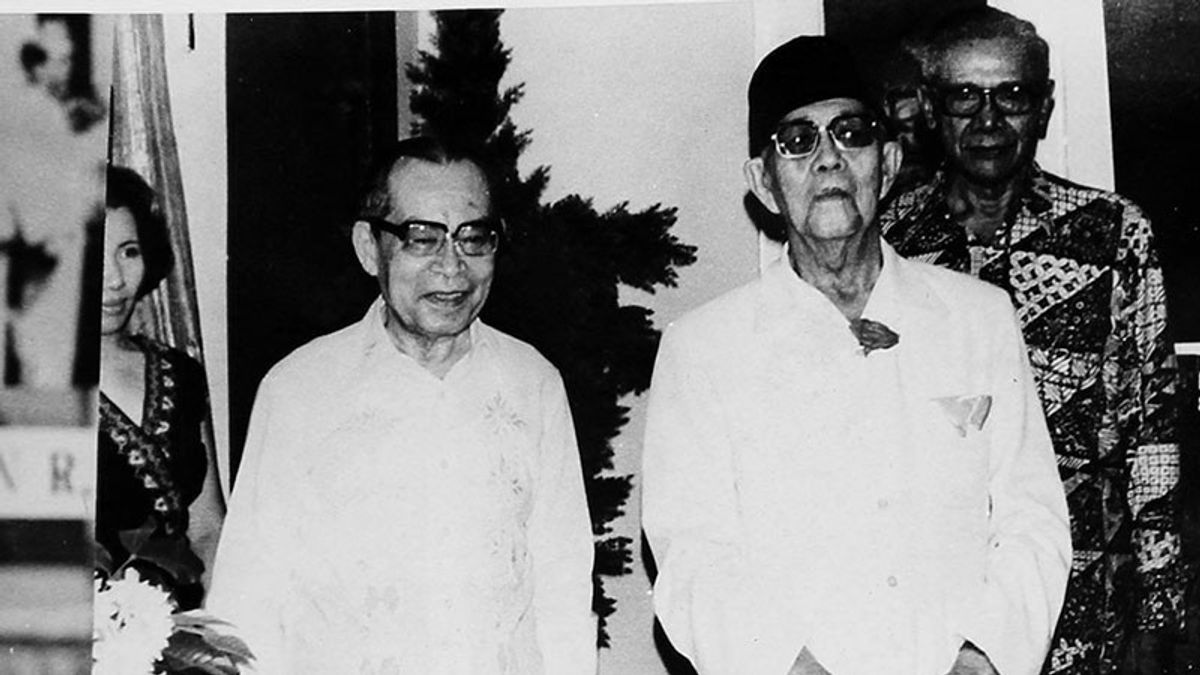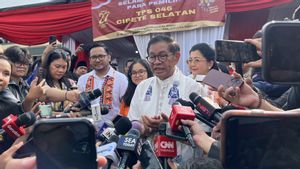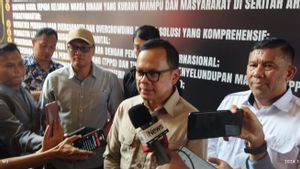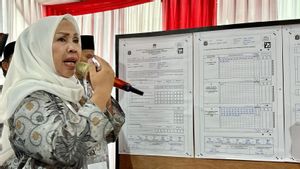JAKARTA History today, 80 years ago, March 6, 1943, Bung Hatta appointed his confidant, Iding Wangsa Widjaja as an employee of the People's Center for People's Energy (Putara). Wangsa's presence is considered capable of carrying the flame of Indonesian independence, rather than Japan's interests.
Previously, Putera was founded by Japan to embrace independence figures who want to collaborate. They are considered capable of inviting the Indonesian people to support Japan. Even if what happened was the opposite.
The occupation of Japan has an important meaning in the history of the journey of the Indonesian nation. All of this is because Japan does not only play hit politics, but politics embraces it. All kinds of national figures want to embrace it.
The owner of power thinks the presence of national figures can be an important lesson. An ajian obtains the wide support of the bumiputras for the benefit of war. Japan also promised Indonesia's independence as a reciprocity.
Many national figures are attracted. They want to cooperate with Japan. Among others, Soekarno, Hatta, Ki Hajar Dewantara and Kiai Haji Mas Mansyur. The four of them are known as Empat Serangkai. Even the four were asked to become part of an organization formed by Japan, Putera in 1943.
Japan hopes that the presence of national figures in Putera can make the whole of the archipelago support their war agenda. However, far from fire. Putera became a political tool for national figures to spread the spirit free from the shackles of colonialism throughout the country.
Meanwhile, for nationalist leaders, Putera is mainly a means to spread and initiate nationalist ideas among the people and seek a deal made with Japan that leads to an independent government.
"The next issue of Putera's significance for nationalist leaders, although this one is less important, is as an organization dedicated to helping Japan's war goals, but the minimum goal is needed to achieve long-term nationalist goals," said George McTurnan Kahin in the book Nationalism and the Indonesian Revolution (2013).
Putera's presence became a new forum for Indonesia's struggle. that's what Bung Hatta felt. He was also actively involved in Putera. He put many other freedom fighters into Putera. Iding Wangsa Widjaja, one of them.
Hatta appointed Wangsa as an employee of Putera on March 6, 1943. The appointment was carried out because Hatta believed Wangsa could bring the flames of independence to all natives. Moreover, Wangsa is known as a freedom fighter who is also a journalist. The study was successful.
The awareness of the bumiputras for independence has increased. After Indonesia's independence, Hatta also appointed Wangsa as his secretary when he was Vice President of Indonesia. Therefore, Wangsa is considered a loyalist of Bung Hatta. In fact, until Hatta died.
March 6, 1943, at 8:30 am, I am already at Putera's Great Office. Many employees have gathered and it turns out that most of them are friends in arms in various political movements during the Dutch East Indies era. Among them were Soekemi's former chairman of Indonesian National Education in Yogyakarta in 1931.
"Brother Jusuf Jahja from Partindo and many more. Then Sumanang came and asked me to the Press Office. There, I mentioned my friends above. At approximately 11:00 o'clock we were introduced to Bung Karno, Bung Hatta, Ki Hajar Dewantara, and Kiai Haji Mas Mansur, and Sartono," said Wangsa Widjaja in the book Bunga Rampai Perintis Perdekaan Struggle Points in DKI Jakarta (1985).
The English, Chinese, Japanese, Arabic, and French versions are automatically generated by the AI. So there may still be inaccuracies in translating, please always see Indonesian as our main language. (system supported by DigitalSiber.id)










